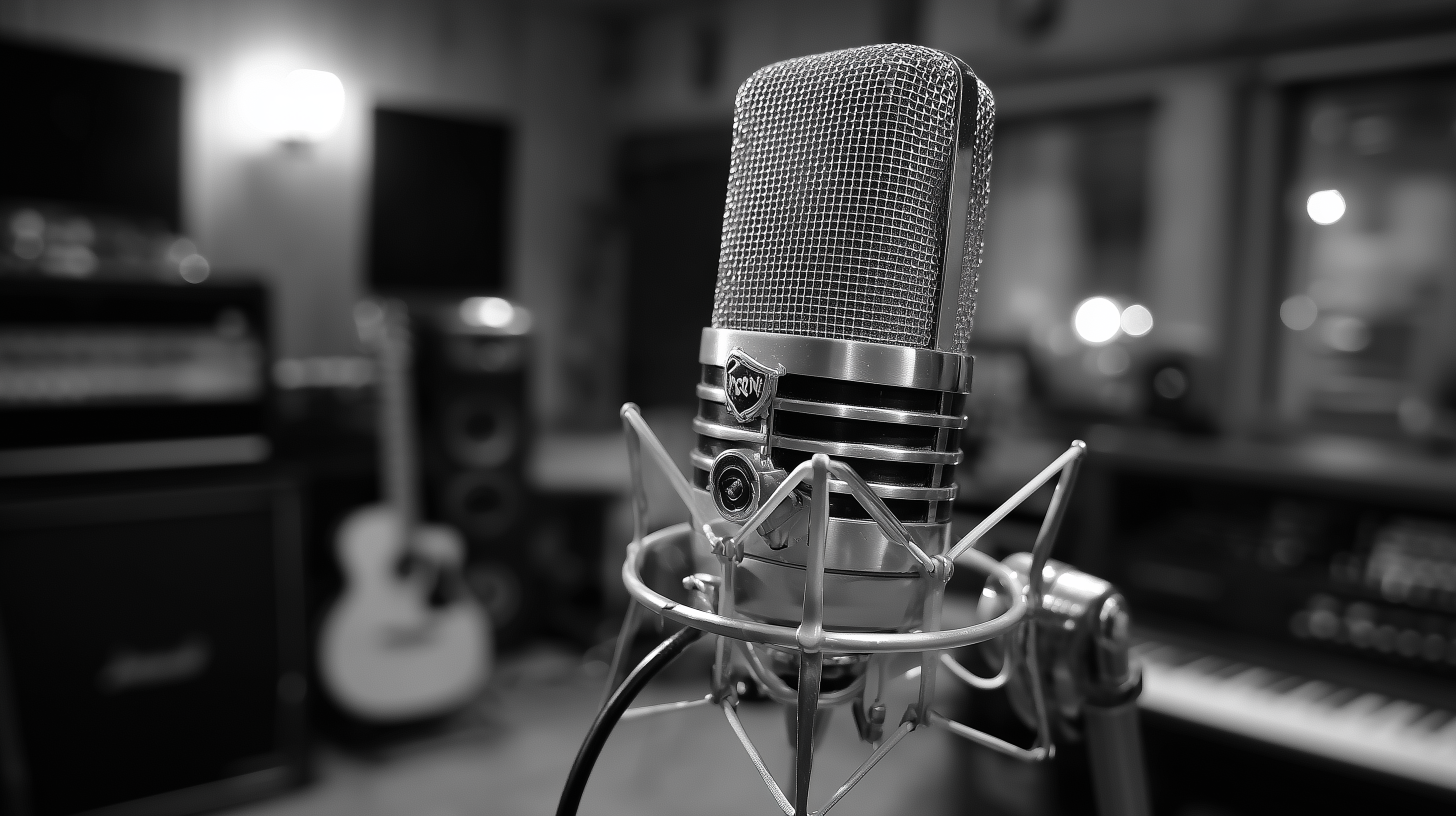By Futurist Thomas Frey
We once believed our voices were bulletproof identifiers—unique, infallible, deeply personal. But that belief is collapsing. A new study shows that people can no longer reliably distinguish AI-cloned voices from real human voices, even when the clones are made from just a few minutes of audio.
This isn’t a quirk of tech—it’s a fundamental shift in how identity, trust, and authenticity will play out in the decades ahead. Soon, hearing someone’s voice won’t guarantee that it’s them.
In the experiments, researchers created 40 voice clones from real people and 40 synthetic voices built from scratch, all using only four minutes of recorded speech. Human listeners struggled. Cloned voices were misidentified as human about as often as actual voices were correctly identified. In effect, AI voice clones and real voices are statistically indistinguishable.
This parity is the result of relentless advances in deep learning, neural audio models, and voice synthesis techniques. Tools that once needed massive datasets and complex engineering now demand little more than a smartphone recording and a consumer AI toolkit.
The Collapse of Auditory Trust
If you can’t trust your ears, what becomes the foundation of verification? Security systems that rely on voice recognition—banking, device unlocks, remote authentication—will be vulnerable. Impersonation attacks may shift from text and identity documents into the realm of perfect mimicry.
Scammers could phone your loved ones in your voice—or your voice might ask banks or platforms for money, signature, or permission. Deepfakes in audio may become the most insidious tool in the deception arsenal because they evade detection by our most basic sense: hearing.
A Future of Vocal Impostors
Here’s what the next decade might look like:
• Voice authentication falters: Banking, telehealth, and courtrooms that once accepted voice as proof will need new standards—multi-factor proofs, biometric fusion, and “zero-trust” audio filtering.
• Audio deepfake overload: News, politics, media will grapple with fake speeches, false quotes, and synthetic testimony that sounds as real as any recording.
• Regulation and watermarking: We’ll see audio watermarking, authenticity stamps, and cryptographic voice signatures emerge. Audio tools will flag the synthetic.
• Accessibility upside: Voice cloning also helps the voiceless—people with ALS, throat cancer, or other conditions may regain a voice that sounds like their own.
• Identity becomes layering: True identity might rest not just on voice, but on behavior, context, interaction patterns, and multi-modal signals (video, biometrics, environment).
In many ways, audio becomes another dimension of synthetic content—alongside image, video, and text—where the boundary between real and fake vanishes.
The Philosophical Shock
Trust is not just technical—it’s existential. Our voices are tied to presence, memory, and persona. If anyone can sound like me, what remains uniquely me? When the voice is no longer proof, identity shifts deeper into context: how we speak, when we speak, what we speak about. Authenticity becomes narrative, not timbre.
Final Thoughts
Voice cloning that defeats human perception isn’t just a technical milestone—it’s a cultural rupture. The sound you believed was yours may be someone else’s design. Audio can no longer be the fallback proof of presence and truth.
We are entering an era where every word, spoken or recorded, may carry an asterisk: “Authenticity uncertain.” The only way forward is to rethink how trust is built—layered, networked, and co-verified across senses and systems.
Original article: People Can’t Distinguish AI Voice Clones From Actual Humans Anymore SingularityHub
Related reading:
- AI Voices Are Now Indistinguishable from Real Human Voices
- People Are Poorly Equipped to Detect AI-Powered Voice Clones


